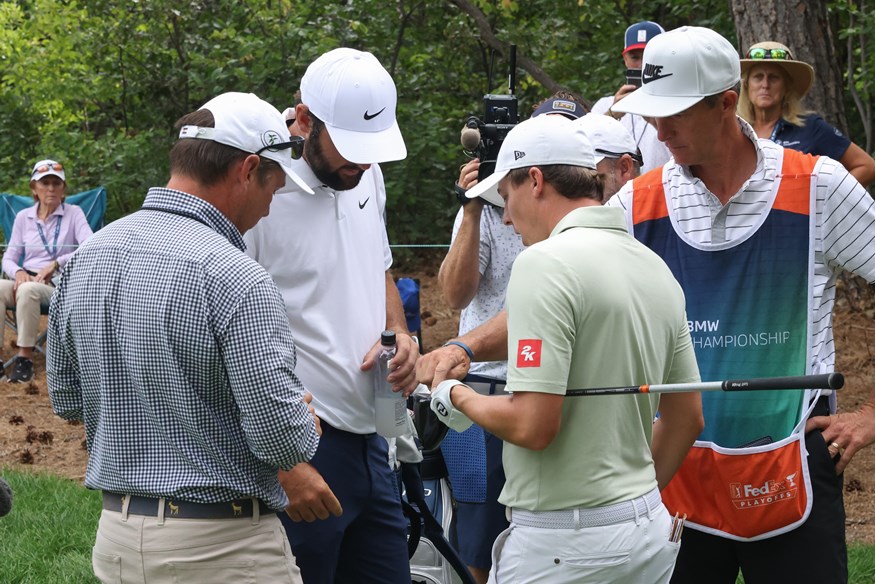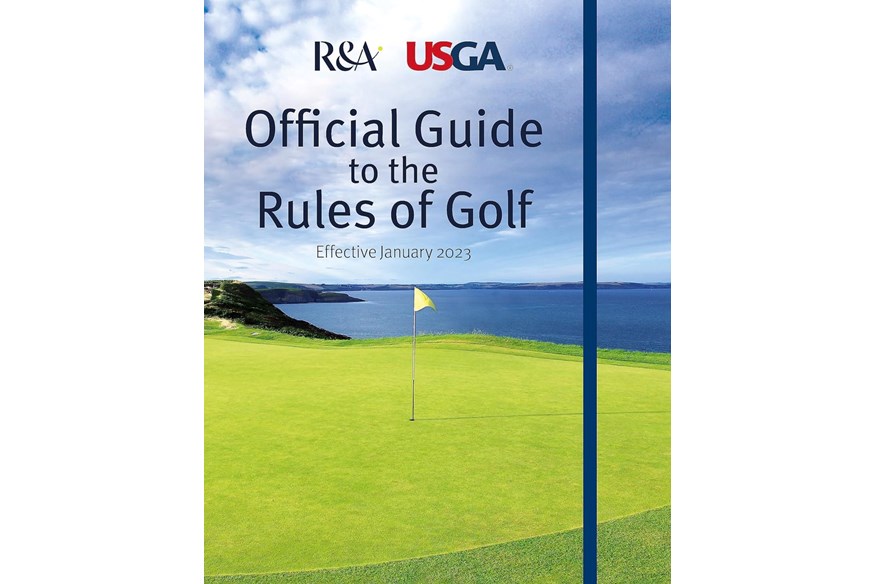R&A and USGA announce huge changes to “outrageous” golf rule
Last updated:

Golf rules changes for 2025 include a tweak that would have helped one very disgruntled PGA Tour pro.
The best golf drivers these days are designed with thin faces to produce fast ball speeds and maximum distance. The only downside is that these super-thin materials can be prone to cracking, particularly when struck repeatedly at very fast swing speeds.
That’s exactly what happened to Matt Fitzpatrick’s Titleist TSi driver during the final round of the 2024 BMW Championship.
The Englishman was on the 8th hole at Castle Pines when he noticed a crack on his driver head. He called in a rules official to see if he could replace it and did not get the answer he wanted.
“I don’t think [the crack] is enough yet,” the rules official responded. “They made the rule so it’s got to be, like, folding in on itself.”

It transpired that, according to Model Local Rule G-9., a damaged driver could only be replaced if it was significantly damaged. What counts as significant? That’s the problem. And – before you get any ideas and think Fitzy or his caddie should have trodden on the driver a few times by mistake until it was sufficiently damaged – it doesn’t count if the damage is caused by abuse.
The Yorkshireman was understandably miffed. “There’s an obvious crack there that is causing a defect to the ball flight,” he said, adding that he had several backup driver heads in his locker.
His protestations fell on deaf ears, leaving Fitzpatrick to persevere with the damaged big stick. Having started the round by birdieing the first three holes and making par on the next four, cracks appeared fast once the crack appeared. He bogeyed the par-5 8th and made a double bogey on the 10th. “This is outrageous,” he said after hitting a low snap-hook with the offending club.
It seems golf’s rules officials agreed, as the guidance has now been changed.

Golf rule changes for 2025 include replacing damaged clubs
The USGA and R&A regularly review the rules, particularly in light of any controversial incidents on tour, and implement any alterations they deem necessary. While big changes to the Rules of Golf are announced every four years, these smaller tweaks happen quarterly.
In the latest batch, which came into effect on January 1 2025, there was a notable alteration to Model Local Rule G-9.
G-9 – Broken or Significantly Damaged Club Replaced with Similar Club
Purpose. Rule 4.1a(2) allows a player to repair or replace a club that is damaged during the round, except in cases of abuse. But a Committee may adopt a Local Rule to restrict replacement to cases where the club is broken or significantly damaged.
Model Local Rule G-9
“Rule 4.1a(2) applies but is modified in these ways:
1. A club damaged by the player or their caddie during the round or while play is stopped under Rule 5.7a may only be replaced if the damage was not caused by abuse and if the club is broken or the damage is significant.
For the purposes of this Local Rule, examples of when a club is “broken or the damage is significant” include:
Shaft:
- The shaft is in pieces, or it is bent, dented, kinked, or splintered.
Clubhead (except Club Face):
- The clubhead is visibly cracked or substantially deformed (but not when it is only scratched, chipped or has a minor dent),
- The clubhead is loose or no longer attached to the shaft, or
- A part inside the clubhead is loose (such as when there is an audible rattle).
Club Face:
- The club face is visibly cracked or deformed (including when it has a chip or minor dent but not when it is only scratched).
Grip:
- The grip or part of it is loose.
2. To ensure the progression of the set is maintained, the replacement club must fill the gap created when the player took the broken or damaged club out of play.

What does all this mean about replacing a damaged golf club mid-round?
Basically, the bar for ‘damaged enough to need replacing’ has been significantly lowered. Any visible crack would now count, which would have permitted Fitzpatrick to use a replacement.
Personally, I think the change is a good thing. Imagine Rory McIlroy and Bryson DeChambeau are going head-to-head down the stretch at the Masters and suddenly it’s no longer a fair fight because one of them suffers a knackered driver.
I wonder if the rules alteration should have gone further. The requirement for a clubhead to be “visibly cracked or substantially deformed” still leaves some room for debate, which could lead to lengthy delays on tour while rules officials are consulted. Provided the substitute club is an exact like-for-like replacement – including loft, settings, etc – I don’t see why there should be any restrictions. Golfers aren’t going to be asking for a fresh driver on every tee and you could have a limit of three substitutes per round, just in case anyone did get a bit swap-happy (let’s face it, that anyone would be Bryson).
The rule change isn’t hugely likely to affect normal club golfers. Few of us have a stock of replacement driver heads ready to roll and, even if we did, would be hard-pushed to grab one during a round without completely disrupting play. Nonetheless, I’m all in favor of any rule change that promotes fairness and common sense, like this one that could have changed who won the Masters.
Don't want to get caught out during a round? This is a must for all club golfers!


